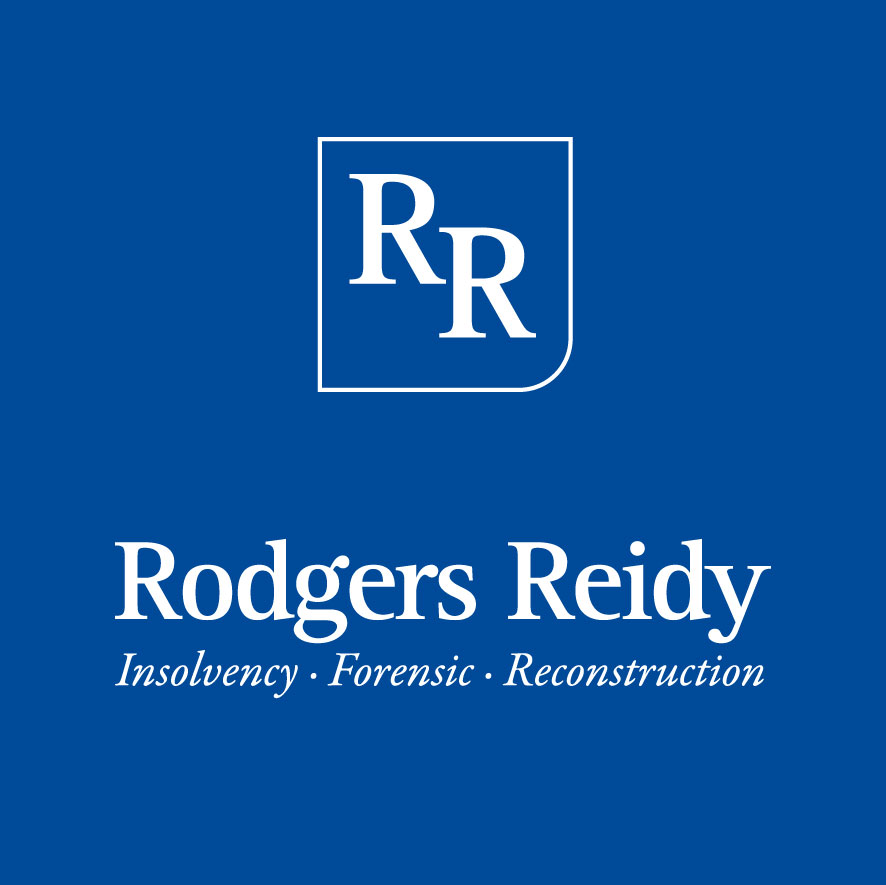When directors and shareholders fall out: Safe Harbours as another tool for business advisors!.
Share

KEYNOTE: Safe Harbours: introducing a circuit breaker into a hostile environment and then applying the unique experiences and skills of insolvency practitioners and restructuring specialists to preserve value and save the company while minimising insolvent trading risk.
Directors and shareholders can fall out for a variety of reasons. Sometimes there is fraud or dishonesty but often it is a mismatch between governance styles, risk appetite, views of the future and the value each brings to the table. Skills that may have been vital in the startup phase may be redundant, if not dangerous, to a mature business.
Relationships that worked in the beginning may become fraught as success brings new challenges. Markets can change or even disappear, the regulatory environment may alter, there is a Black Swan event, or the personal circumstances of individual directors and shareholders may change through death, illness or family disputation.
When clients face these issues, business advisors will often try to avoid taking sides and instead will look for ways to steady the ship and preserve value while disagreements can be resolved. One way of doing this is for the company to take advantage of the safe harbour provisions of the Corporations Act.
These provisions were introduced to give some protection to directors in the event of insolvent trading claims on the basis that there was seen to be public benefit in giving directors, acting in good faith, room to see if they can turn around distressed company without having to lose the value consequential upon a formal insolvency administration.
Safe Harbours is not a formal process, rather it is a series of steps that are available to directors where threshold criteria are met (for example, employee entitlements are being met and tax filings are up-to-date), to enable them to try to preserve value in the company while avoiding liability for insolvent trading. In this respect, Safe Harbours is different from formal small business restructuring or voluntary administration which require a formal appointment and the involvement of creditors.
A critical part of Safe Harbour is that the directors must obtain advice from an appropriately qualified entity, which maybe a registered liquidator or other turnaround expert and then implement a plan for restructuring the company or improve its financial position.
It is the introduction of the appropriately qualified entity into the mix that makes Safe Harbour such an attractive option for companies riven by disputation. In addition to their expertise in company turnaround, insolvency practitioners are accustomed to working in challenging environments and to managing anxious and angry stakeholders with competing interests. This means that they are especially well placed to cut through the adversarial dynamic, provide an objective perspective, offer creative solutions and facilitate an orderly divestment or sale process if that becomes the agreed course.
Safe Harbour was designed to operate confidentially (although Listing Rules and individual contract terms may have to be considered in some cases). But for small business, Safe Harbour offers an opportunity to work through issues away from the public gaze in an environment within which various options can be explored, orderly withdrawal or disaggregation scenarios can be workshopped and developed or possibly a sale process initiated. Safe Harbour is both a structure within which to manage disputation and a means of preserving shareholder value and individual dignity– all the while providing directors with a potential defence, if needs be, if they continue to satisfy the criteria set out in the Corporations Act!
Safe Harbour won’t suit all cases. If there is clear fraud or expropriation of company assets, an oppression remedy may be necessary.
And, to those who may say that Safe Harbour was designed for companies that are distressed or likely to become insolvent, once a company is subject to director and shareholder disputes and is at or is approaching deadlock, profitability and governance will deteriorate, essential staff may leave and the lack of future direction may lead to loss of market share and declining income with insolvency becoming more and more likely as the cycle of failure gains more and more momentum. So, faced with this prospect, why not encourage clients to steady the ship at the head of the bay by finding a good pilot and then sailing into a Safe Harbour!
Article by Penelope Pengilley, Consulting Principal, KeyPoint Law
![]()







